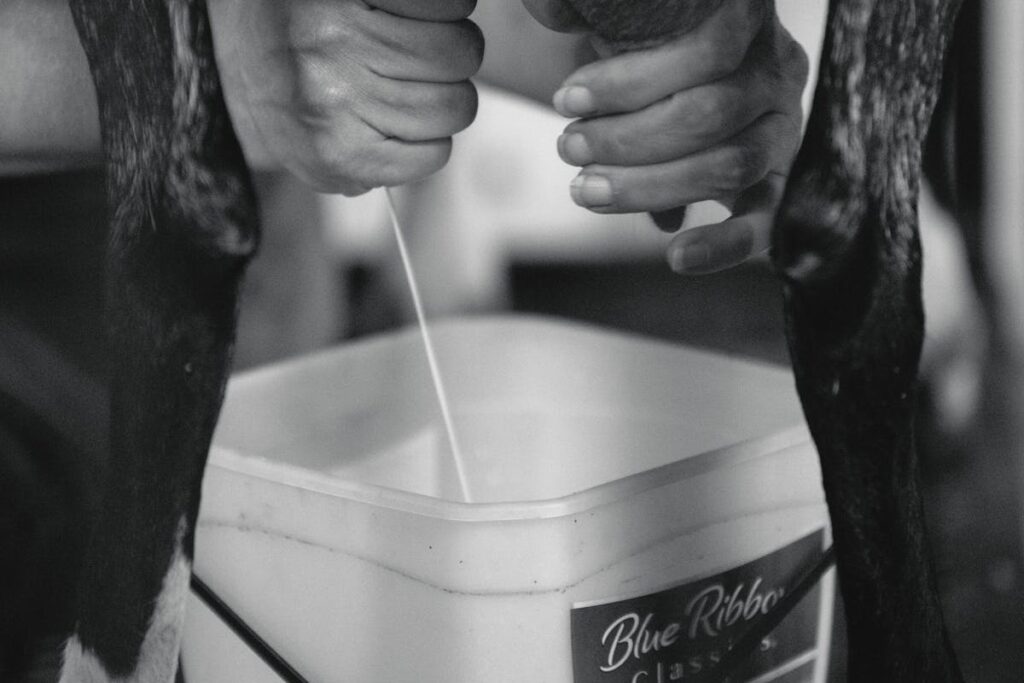Let’s dive into a groundbreaking story that’s got the potential to change the game for millions of people living with type 1 diabetes. Imagine a world where the struggle to find affordable and reliable insulin could become a thing of the past. Sounds too good to be true, right? Well, guess what? A team of brilliant minds from the University of Illinois Urbana-Champaign and the Universidade de São Paulo in Brazil might just have cracked the code.
In this article

What is insulin, and why is it vital for managing diabetes?
Insulin is a vital hormone that helps control blood sugar levels by allowing glucose to enter cells for energy. It’s produced by the pancreas and is key in managing diabetes, a condition marked by high blood sugar.
In Type 1 diabetes, the body’s immune system attacks insulin-producing cells, leading to a need for daily insulin injections. Type 2 diabetes involves resistance to insulin’s effects or insufficient insulin production, initially managed with lifestyle changes and medications, but sometimes requiring insulin therapy as the disease advances.
Understanding and managing insulin levels are crucial for keeping diabetes in check and preventing long-term complications, emphasizing insulin’s importance in both health and disease management.
How did cows become insulin producers?
Now, enter the scene: a gene-edited cow that’s not just your average Bessie. This isn’t about producing more milk or being disease-resistant; this cow is a bona fide insulin factory on legs, thanks to some clever genetic wizardry. Matt Wheeler, a University of Illinois animal sciences professor, and his team have played Mother Nature at her own game. They tweaked the mammary gland, already a protein-producing powerhouse, to whip up human insulin. “The mammary gland is a magical thing,” Wheeler remarked, and who are we to disagree?
Here’s how they pulled off this feat of bioengineering: the team inserted a slice of human DNA, specifically the bit coding for proinsulin (the insulin precursor), into cow embryos. Fast forward a bit, and voilà, a gene-edited calf in Brazil started producing not just proinsulin, but actual insulin in her milk. And not just a trickle – we’re talking a gram per liter of the stuff. With the average Holstein cow capable of producing up to 50 liters of milk a day, you do the math. That’s a lot of insulin, potentially enough to turn the tide on the global insulin shortage.
What’s the potential impact of this breakthrough?
The implications are huge. Imagine a future where small dairy herds could churn out enough insulin to meet national, even global, demand. It’s a vision that Wheeler and his team are already working towards, eyeing even better results with full lactation cycles and dreaming big about insulin-expressing herds powered by transgenic bulls.
Of course, there are hurdles to clear, like figuring out how to collect and purify the insulin at scale and getting the all-clear from regulatory bodies like the Food and Drug Administration. But Wheeler is optimistic, seeing these as surmountable challenges on the way to a future where access to insulin could be vastly improved for those who need it most.
Could this really be the solution to the global insulin crisis?
In a nutshell, we’re standing on the brink of a potential revolution in how we produce one of the most vital medicines in the world. And it’s all thanks to a gene-edited cow and a team who dared to dream big. The road ahead is undoubtedly complex, but the promise is nothing short of life-changing. You’re not alone in thinking this could be a game-changer. The journey from concept to reality is still underway, but the destination? A world where no one has to go without the insulin they need to thrive. Now, that’s something worth moo-ing about.
